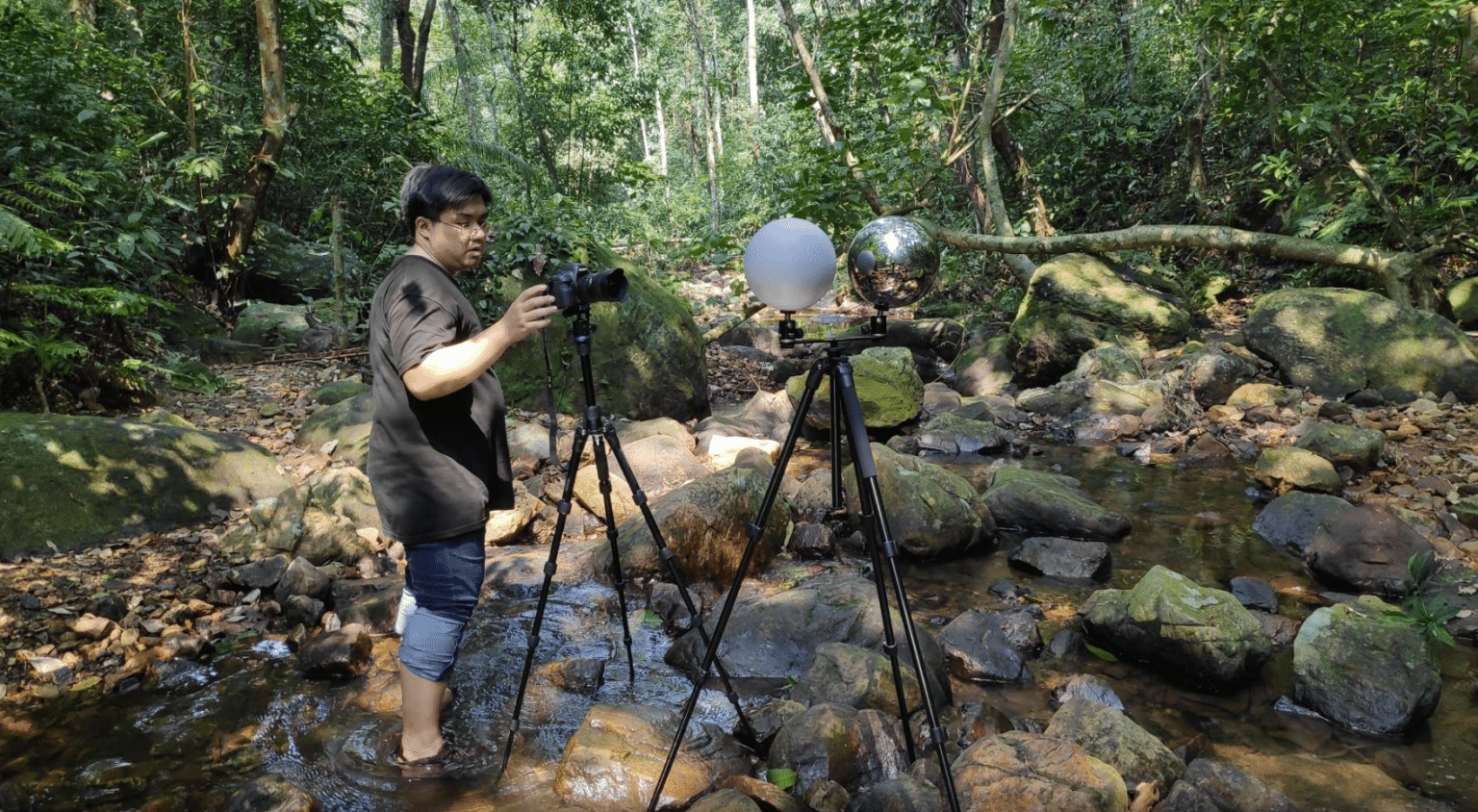

Multi-View Stereo (MVS) to obtain depth maps for each camera and a dense point cloud for scene representation.Structure from Motion (SfM) to register cameras and get a sparse point cloud.Our MVE pipeline usually involves the following steps: Introduction The GCC research members heavily use their inhouse reconstruction pipeline called Multi-View Environment (MVE). We offer a highly interesting and hands-on project this semester! Occluding Contours For Multi-View Stereo Your browser does not support the video element. Media: See the following official video from the authors' project web page mentioned above:

This means that the lab not only includes understanding of state-of-the-art reconstruction approaches and programming but also a substantial amount of work concerning planning and discussions with the GCC employees.Īt last, the students are supposed to run their implemention on multiple datasets (including given large scale image sets) to have results for evaluation of the strengths and weaknesses of the novel SfM technique.įor more information regarding the project have a look at the official project web page: This might involve additional steps to be implemented which are not mentioned in the publication and will become clear during the course. Eventually, they need to make use of the features already provided by MVE and adapt the techniques of the paper in order to make them work well in conjunction with MVE. To properly integrate the novel SfM technique into our reconstruction pipeline MVE, the lab attendees are required to get familiar with MVE. The students are expected to implement and integrate the approach described in the following publication: SfM with MRFs: Discrete-Continuous Optimization for Large-Scale Structure from Motion David Crandall and Andrew Owens and Noah Snavely and Daniel Huttenlocher In: IEEE Transactions on Pattern Analysis and Machine Intelligence (PAMI), 2013. The core of the novel technique is based on a Markov Random Field (MRF) formulation defining pairwise constraints between images or feature points and images as well as unary constraints for single images when additional information is available, such as geotags or vanishing points. Task The goal of this project lab is to implement and integrate a novel and global SfM technique in a small group of students. Meaning they estimate camera parameters for all images equally at one time by fulfilling a set of constraints defined on the complete image set. For this reason novel approaches consider global formulations of SfM. The incremental registering of cameras is problematic as it is computationally intensive and not robust. Incremental SfM approaches begin with a random pair of images and then add one image after the other to the set of registered cameras via the point correspondences per image pair. Extrinsic (relative rotational and translational offset) and intrinsic parameters (focal length, etc.) of two images can be estimated by means of enough feature point correspondences between them. Second, these features are matched between image pairs to estimate camera parameters for pairs of images.

First, features are detected in each image (low dimensional representations of distinctive image areas). SfM thus usually involves the following complex sub steps. Motivation The first step ( SfM) of our reconstruction pipeline is already challenging.

Introduction Our research group heavily uses the inhouse reconstruction pipeline called Multi-View Environment (MVE).The MVE pipeline usually involves the following steps: We offer one highly interesting and hands-on group project this semester! Structure from Motion with Markov Random Fields


 0 kommentar(er)
0 kommentar(er)
